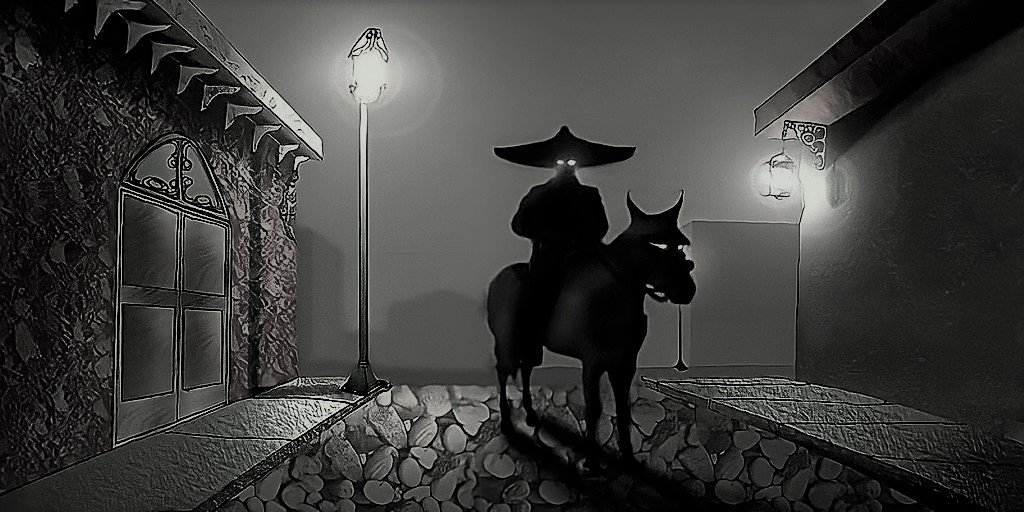The Facts on Walking Corpse Syndrome (Cotard’s Delusion)
We’ve all woken up on the wrong side of the bed. Maybe you were feeling more tired than usual or it’s a rainy day and you’re just not feeling it but what if you felt a bit more strange?
What if you thought you were actually a walking corpse?
“You mean this isn’t a normal feeling?”
Back in 1880 French neurologist, Jules Cotard treated a very interesting patient who he would call “Mademoiselle X” as a way to protect her identity. She was suffering from what appeared to be depression but also had a few symptoms that caused him to describe her condition as “The Delirium of Negation”.
See, Mademoiselle X denied parts of her body even existed and thought she was going to suffer eternal damnation. She would eventually die from starvation.
In a much more recent case, in 2016 a military veteran named Warren McKinlay from Essex, England was involved in a motorcycle accident that left him with several physical injuries, including a brain injury.
During recovery Warren developed Cotard’s delusion, stating in an interview, “... there was no point participating in all this stuff because I died in the accident.” and “How could they make me better if I’m not alive?”
So that’s worrying, but what exactly is causing all of this?
Unfortunately, the exact cause is not known. What we do know is, that although rare, Cotard’s delusion tends to pop up in those suffering from depression, schizophrenia, and dementia.
The symptoms can also vary but usually include someone believing a part of themselves doesn’t exist or they themselves are actually dead. This can lead sufferers to stop doing everyday things like eating or bathing. For example, Warren McKinlay dropped 15kg (33 pounds) while suffering, and another woman in 2008 thought she smelled like rotting flesh.
Other symptoms can include hypochondria, anxiety, hallucinations, and paranoid delusions such as hearing voices telling you you’re dead.
Unsurprisingly there isn’t a single cure and most sufferers take time to recover, talk therapy and anti-psychotics can help but also electroconvulsive therapy (ECT) has been shown to be effective.
Luckily Cotard’s delusion is extremely rare so for 99.9% of the population the only time you’ll walk around feeling dead is those early Monday mornings before you have work.
This feeling never ends
Quick Facts
Cotard’s delusion is incredibly rare with only 200 known cases worldwide.
The Diagnostic and Statistical Manual of Mental Disorders (DSM) currently does not list Cotard’s delusion making it difficult to actually be diagnosed with it














